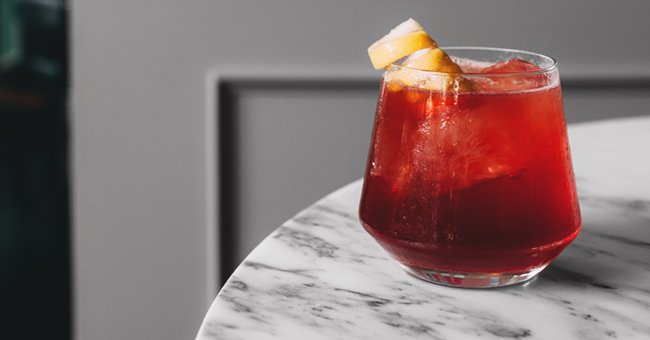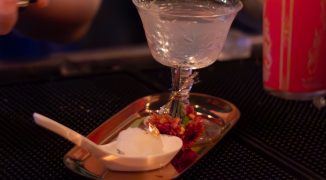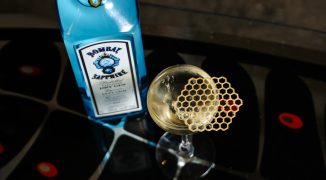What’s in a name? Whether it’s the Oaxaca Old Fashioned that helped put Death & Co. on the map or A Lonely Island Lost In The Middle of A Foggy Sea that you ordered last night at Lost Lake, a cocktail’s name is like packaging that can make a guest choose one drink over another. Recently, however, bartenders have been abandoning the centuries-old tradition of naming cocktails in favor of a more streamlined approach.
“Over time you lose the creativity of it and you wonder why I’m trying to pick out some clever name for something that, honestly, the ingredients should sell,” says spirits director Mike Page of Acanto in Chicago. His cocktail menu consists of ten numbered cocktails. When new cocktails are added, so is a new number. This means cocktails with higher numbers on the list are the most recent additions, while lower numbers indicate long-standing favorites. His reasoning for this format is two-fold.
First, Page believes that cocktail names distract the drinker from the drinks themselves. He recalls an experience at another Chicago bar where a cocktail name contained an obscure movie reference. “Nobody understood what it was,” he says. “Next thing you know, you catch yourself talking to a guest for five minutes about a movie instead of them figuring out if they want to drink that or not.” By eliminating names, Page’s guests are forced to seek out other information on the menu, mainly, the ingredients. He purposely lists more obscure ingredients first, such as Cappelletti in Apertivi #2.1, to encourage questions from guests.
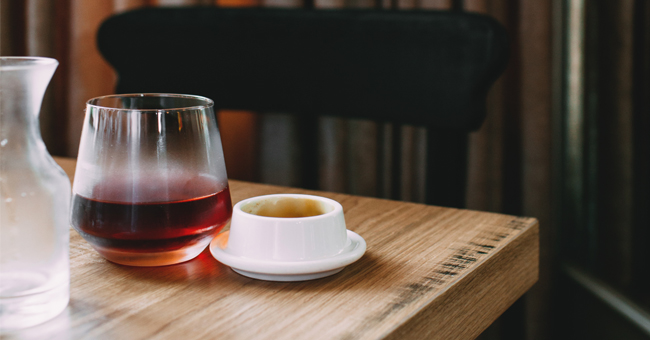 Acanto’s #9, featuring armagnac, Amaro Nonino, Barloto Chinato, Bonal, and cherrywood smoke. Photo courtesy of Acanto.
Acanto’s #9, featuring armagnac, Amaro Nonino, Barloto Chinato, Bonal, and cherrywood smoke. Photo courtesy of Acanto.
Page’s second reason behind abandoning the names is joining a larger industry shift towards gender-neutral cocktails. Although little stigma remains when a woman orders whiskey or a man sips on vodka, Page still noticed his female customers shying away from masculine-named cocktails, and vice-versa. “I wanted to take all of that out of the equation,” he says. “If guests are prepared to not follow those old primitive ways of thinking about how they consume a beverage or food, then why shouldn’t [bartenders] embrace that?”
Bar manager Gabriella Mlynarczyk at Birch in Los Angeles has embraced it with her numbered cocktail menu. “I used to name my cocktails,” she says. “I felt trapped…people would order a drink because of the name, because it sounded cute or interesting, but they didn’t pay attention to what was going on in the drink.”
Mlynarczyk went through three iterations of unnamed cocktail menus at three different bars before settling on the program at Birch. The first, at since-closed Eva, listed drink by primary flavor profiles, such as bitter or herbal, while her menu at Ink highlighted the base spirit. She thought these caused confusion for guests. “I wanted to simplify it and have the cocktail list be about the drink and the ingredients.”
While her ten-drink menu appears simple, the cocktails are not. Each takes cues from Birch’s kitchen by using ingredients such as a brown-butter fat wash in the #8 (bourbon, caraway, marmalade and brandied cherries). These esoteric cocktails fill the menu with unusual combinations and unfamiliar flavors; therefore, Mlynarczyk opts not to distract guests with witty names. She also points out that chefs – despite their endless creativity – are not confined by the need to name dishes.
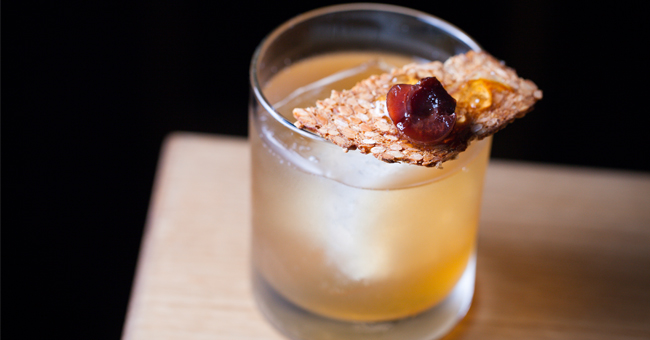 Gabriella Mlynarczyk (bar manager at L.A.’s Birch) stopped naming her cocktails because it felt too limiting. Pictured above: her brown butter-washed #8 with bourbon, caraway, marmalade and brandied cherries. Photo courtesy of Birch.
Gabriella Mlynarczyk (bar manager at L.A.’s Birch) stopped naming her cocktails because it felt too limiting. Pictured above: her brown butter-washed #8 with bourbon, caraway, marmalade and brandied cherries. Photo courtesy of Birch.
“I think the interesting thing about taking away names or using numbers or something that’s not at all evocative is that it forces guests to use the other information you are presenting to make a decision,” says Morgan Schick, operations and creative director of the Bon Vivants. “Maybe they are going to read the descriptions more carefully, maybe they’re going to go based on the picture, maybe they’re going to go based on the first word. You can watch people when they are looking at the menu, reading it differently.”
The Bon Vivants’ menu at Trick Dog in San Francisco is designed around tangible, everyday objects and has ranged from a paint chip swatch book to Chinese food menu with numbers and pictures corresponding to each drink. Schick says this ties cocktails together with a cohesive theme. While options appear on a level playing field to guests, certain themes, such as the current “Dog of the Month” calendar, present new biases, including an increased popularity of whichever drink is named after the current month. Overall, Schick says the format is meant to fun, as all drinking should, and a cocktail name should not get in the way of that experience.


